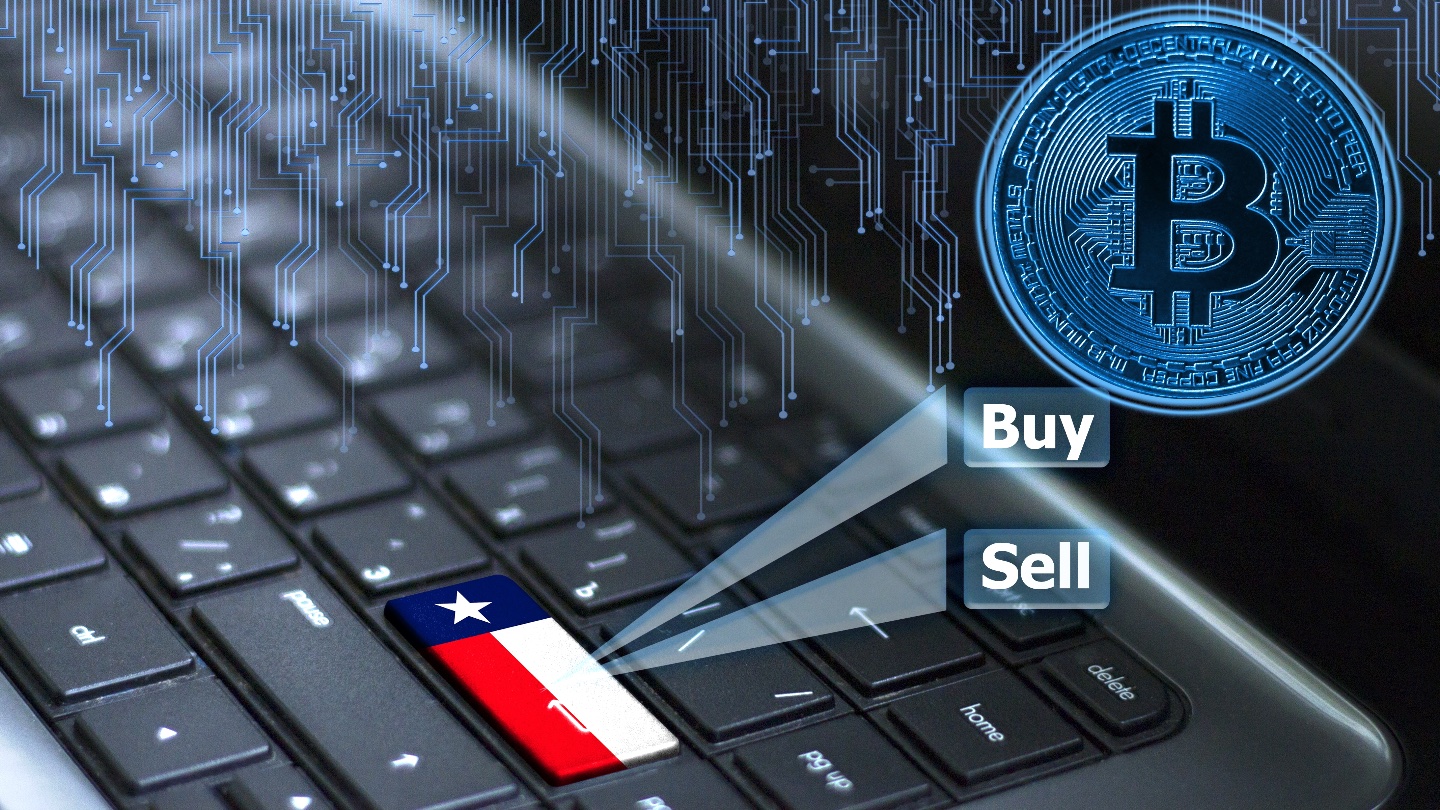Riot Platforms Inc., a Bitcoin mining company in Texas, has found a surprising source of revenue in the state’s recurring energy crises.
During the August heatwave, Riot made $31.7 million from power credits, courtesy of the Electric Reliability Council of Texas (ERCOT).
The sum eclipsed earnings from Bitcoin mining, highlighting how Riot and similar companies are capitalizing on Texas’ energy woes to diversify their revenue streams.
Riot, one of the largest Bitcoin miners in US, said it earned a record $31.7 million from power credits during the August heat wave that swept across the Lone Star State. BBG reported. Those programs aim to ease power shortages by paying certain consumers for reducing or shifting…
— Wu Blockchain (@WuBlockchain) September 6, 2023
A lucrative backup plan
The year hasn’t been rosy for Bitcoin, with its price hovering in the low $20,000s for much of the summer. In contrast, Riot Platforms Inc. had an exceptionally profitable August, partly thanks to its involvement in ERCOT’s demand response programs.
These programs are designed to alleviate power shortages by incentivizing consumers to reduce or shift their energy usage. For Riot, participating in these programs is almost like having a second, lucrative business that activates during peak energy demand, relieving strain on the power grid while profiting immensely.
The mechanics of demand response
ERCOT’s “price response” program allowed Riot to choose whether to continue mining Bitcoin or shut down and redirect its unused power back to the grid at fluctuating market rates. During the heatwave, Texas’ windmill farms, which generate much of the state’s energy, were hamstrung by stagnant air, causing spot electricity prices to surge.
Riot took advantage of the situation by selling power back to the grid at 50 times the rate it would usually pay. This provided the company with a lucrative windfall, making more money from selling megawatts of electricity than it could have from mining Bitcoin.
As per a Fortune analysis, in July alone, Riot earned $9.5 million in “power credits” while sacrificing Bitcoin production to just $6.9 million, thus netting an extra $8.1 million for the month. This alternative revenue stream has effectively cushioned the company against the volatile Bitcoin market, providing a robust mechanism to diversify its income sources. Considering Bitcoin’s current slump, the windfall from these programs has become ever more crucial for miners in Texas.
The ERCOT programs are making Texas an increasingly attractive hub for Bitcoin miners. According to people familiar with the matter, Riot’s large-scale operations at its Whinstone facility north of Austin and its upcoming $333 million facility in Corsicana further solidify Texas’ standing as a burgeoning crypto-mining capital. By mid-2023, it’s estimated that Riot alone could control 17% of global Bitcoin capacity, marking Texas as the focal point of this digital gold rush.

The long-term impact
While ERCOT programs offer a quick fix to the state’s energy shortages, questions remain about the sustainability of this model. Demand response programs may offer a temporary respite to Texas’ overburdened grid, but they are not a long-term solution to the state’s ongoing energy challenges.
However, for now, they serve as a lifeline for Riot and other Bitcoin miners. As Riot prepares to triple its in-house capacity by early next year, the company seems to be building a business model that thrives whether Bitcoin booms or busts.
Experts suggest that Riot Platforms Inc.’s example shows that smart diversification strategies can yield remarkable financial gains as the Bitcoin market faces uncertainties. Others believe that by turning Texas’ energy challenges into opportunities, Riot may have discovered a new blueprint for success in the volatile world of cryptocurrency.









 and then
and then